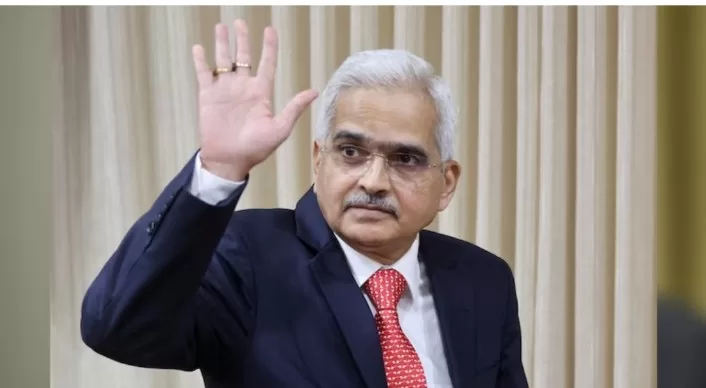In a remarkable economic saga, the Reserve Bank of India (RBI) finds itself grappling with persistently high inflation rates, marking four consecutive years above the 4% target. Though headline retail inflation recently crept back into the RBI’s tolerance range of 2-6 percent, Governor Shaktikanta Das emphasized the primary target of 4%, reaffirming the central bank’s commitment to reining in inflation.
India’s adoption of the flexible inflation targeting (FIT) framework in August 2016 set the stage for the RBI’s ongoing struggle. The Consumer Price Index (CPI) inflation has remained above the 4% target for more than half of the framework’s existence, despite various challenges such as the global pandemic and geopolitical tensions.
The FIT framework, which gained prominence in 2014, emerged as a key tool in shaping the monetary policy landscape. This transition was prompted by then-governor Raghuram Rajan’s acceptance of the Urjit Patel committee’s recommendations, redirecting the RBI’s focus from Wholesale Price Index (WPI) inflation to achieve 4% CPI inflation by January 2016.
The success of this framework became evident even before its formalization into law in August 2016, as cooling global crude oil prices played a pivotal role in taming inflation. Over the next three years, average CPI inflation gradually subsided from 6.7 percent in 2014 to 3.3 percent, 4.0 percent, and 3.7 percent in the years from 2017.
Crucially, this battle against inflation did not lead to a tightening of monetary policy. Contrary to expectations, policy rates remained lower, as an October 2020 paper by economists Eichengreen, Gupta, and Choudhary pointed out. In essence, inflation targeting allowed the RBI to navigate inflation without resorting to overly hawkish measures.
However, the global pandemic posed an unexpected challenge, driving inflation higher even before supply restrictions from lockdowns came into effect. By the end of 2019, inflation surged to 7.35 percent, with skyrocketing vegetable prices contributing to the rise. The pandemic’s impact on inflation persisted, reaching 6.6 percent in 2020, significantly higher than the average for 2019.
The nature of the disruption caused by COVID-19 became a topic of debate among the Monetary Policy Committee (MPC) members. The critical question was whether the demand or supply shock would endure. Furthermore, the first half of 2020 saw a change in MPC membership, adding complexity to policy deliberations.
While MPC members grappled with these challenges, they couldn’t have predicted the outbreak of a war. New restrictions due to the second wave of COVID pushed inflation above 6 percent in mid-2021, even though it later averaged 5.1 percent that year. However, the truce was uneasy.
With Russia’s invasion of Ukraine in February 2022, inflation soared again, and the RBI acknowledged its inability to meet its inflation mandate. Critics argue that the central bank had already failed in 2020 when it attributed the lack of sufficient price data to ‘imputed’ inflation numbers for April and May.
The RBI’s path to bringing inflation back to 4 percent is a long one, extending to an estimated two years. The central bank anticipates an average inflation of 4.3 percent in January-March 2025, with a favorable base effect potentially leading to a decline to as low as 2.7-2.8 percent in July 2024. This aligns with the RBI’s own projection of 4.5 percent inflation in 2024-25 within a range of 3.8-5.2 percent.
While the RBI strives to meet its inflation target, the road ahead remains uncertain, with potential shocks looming on the horizon.




